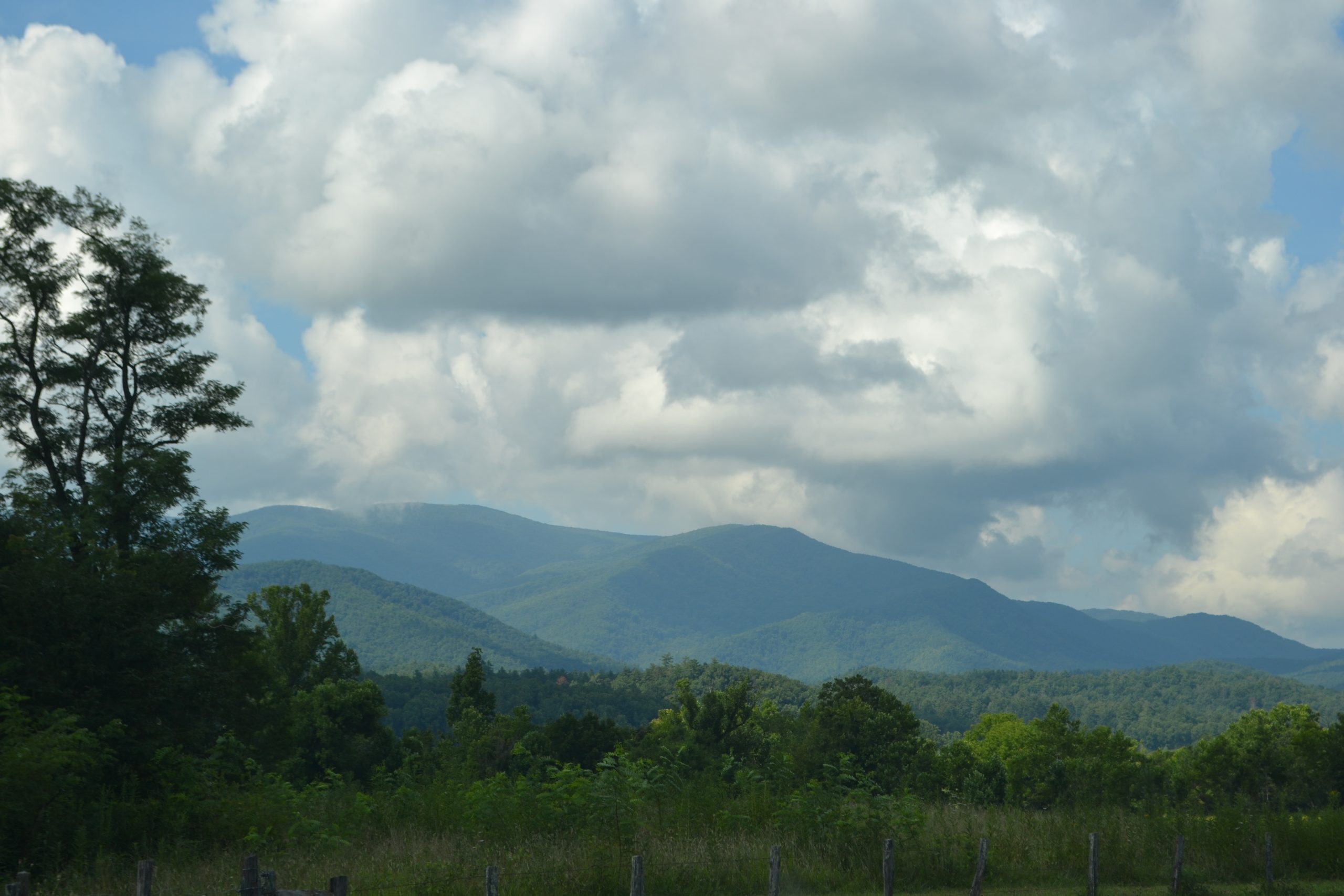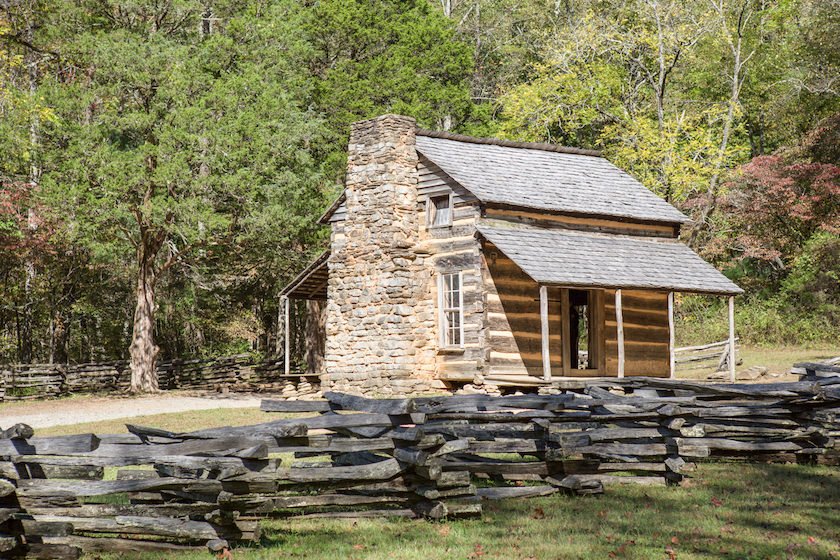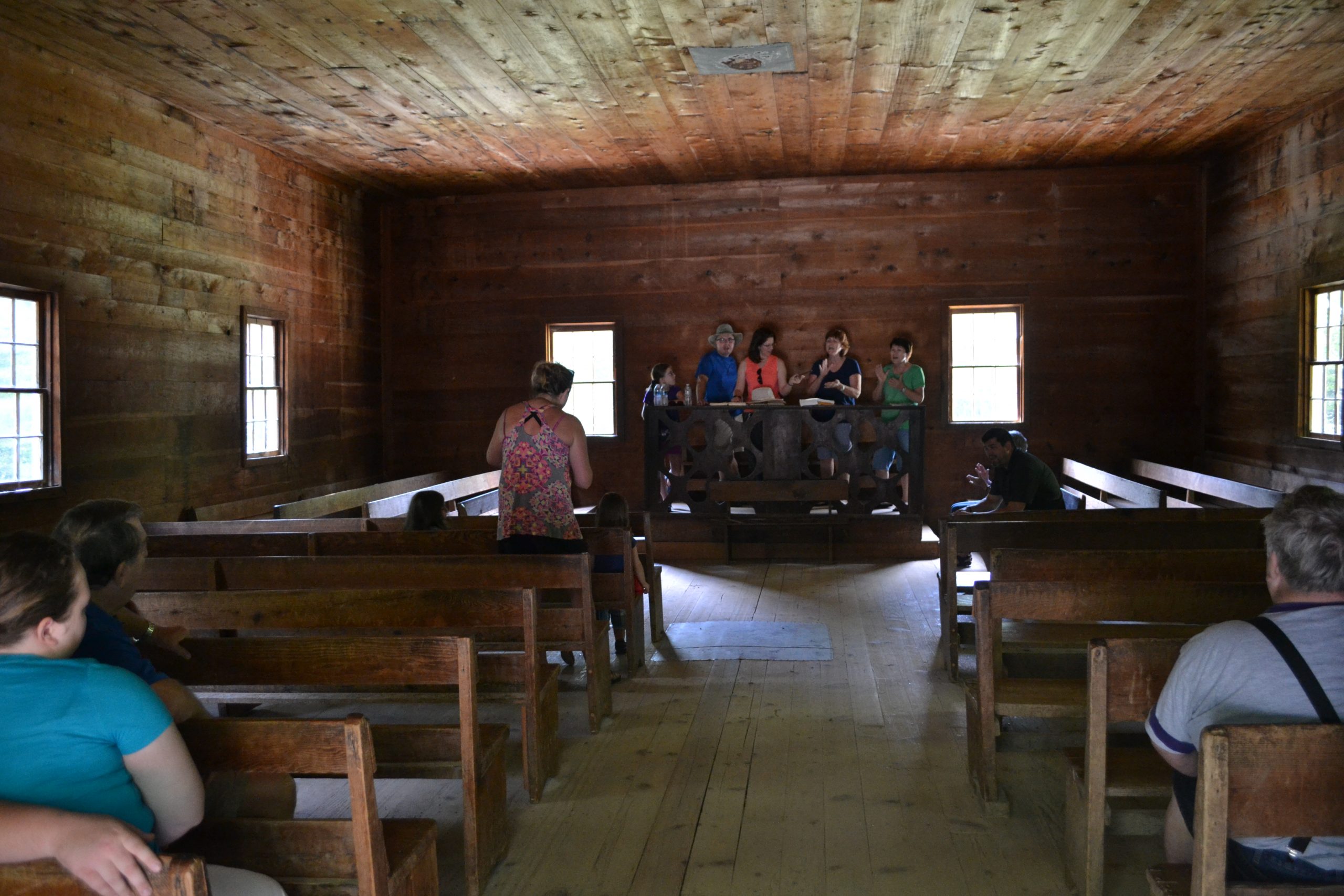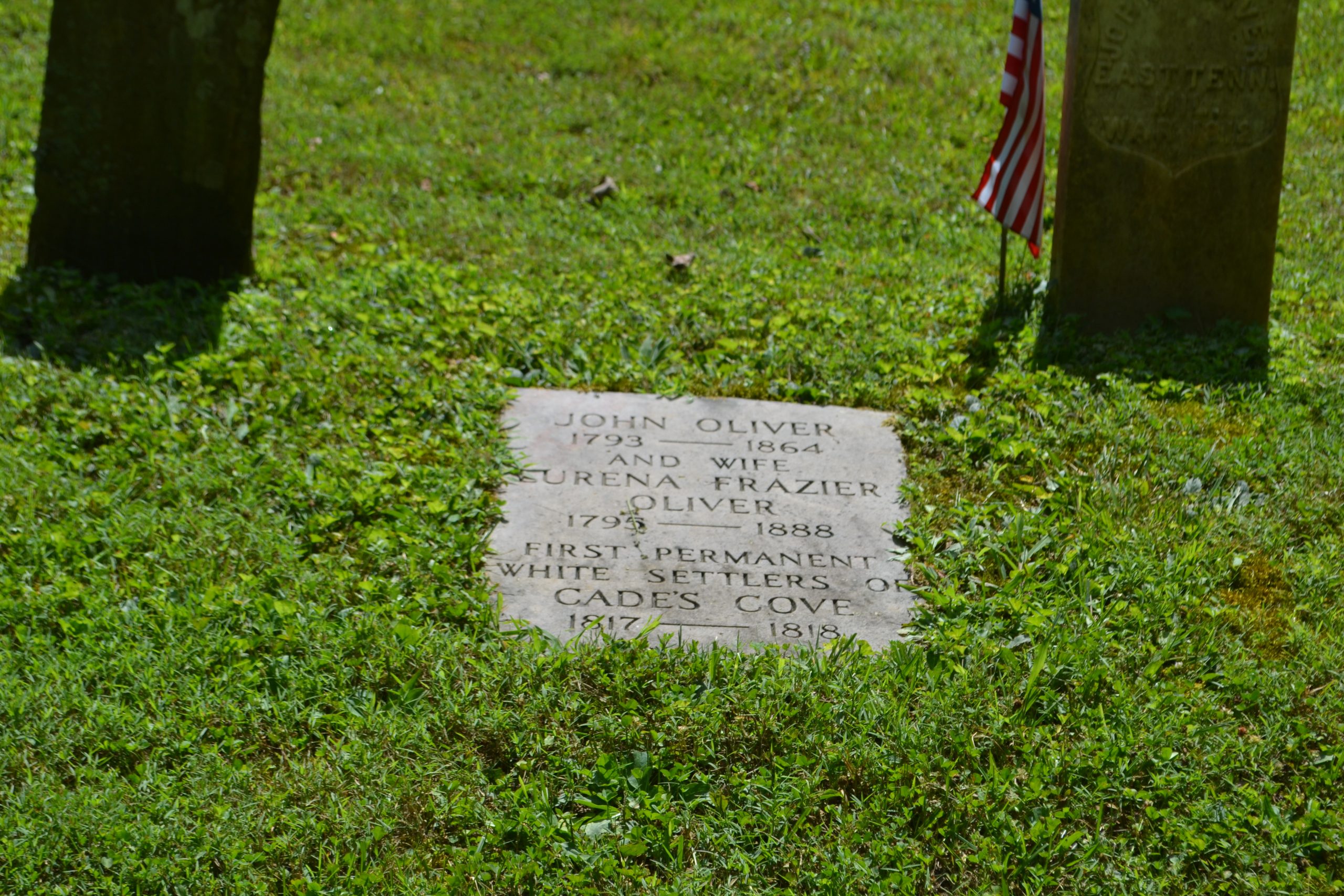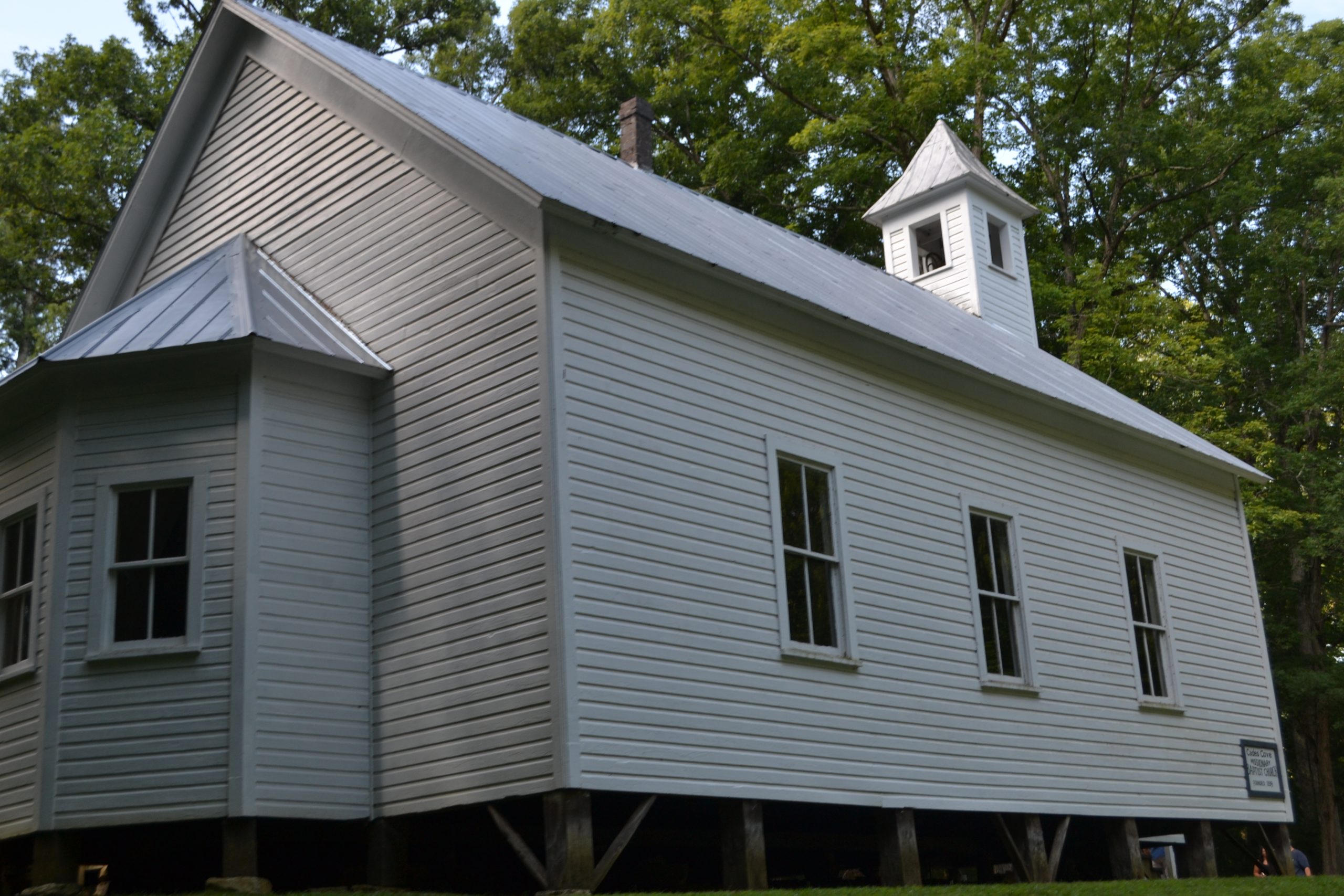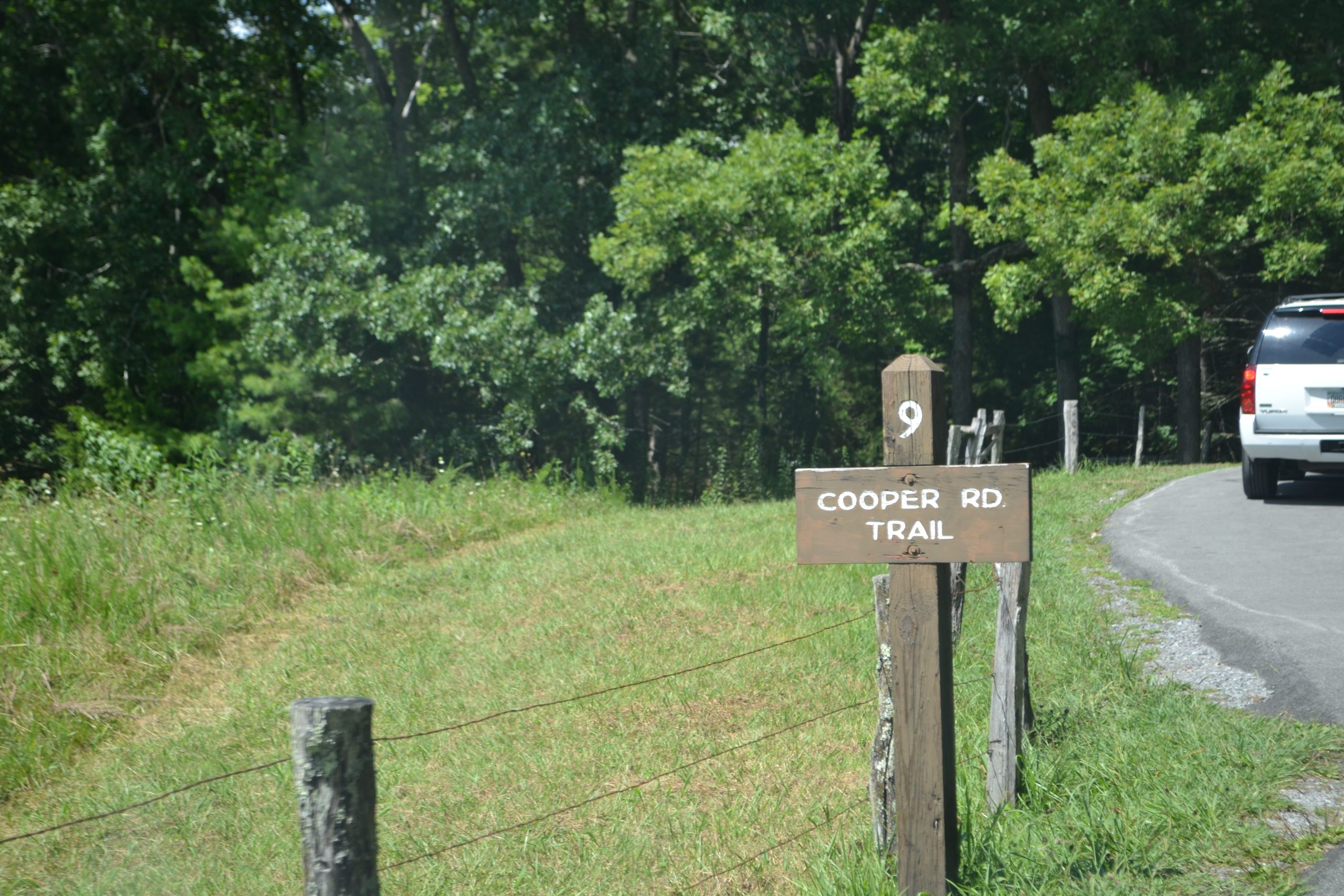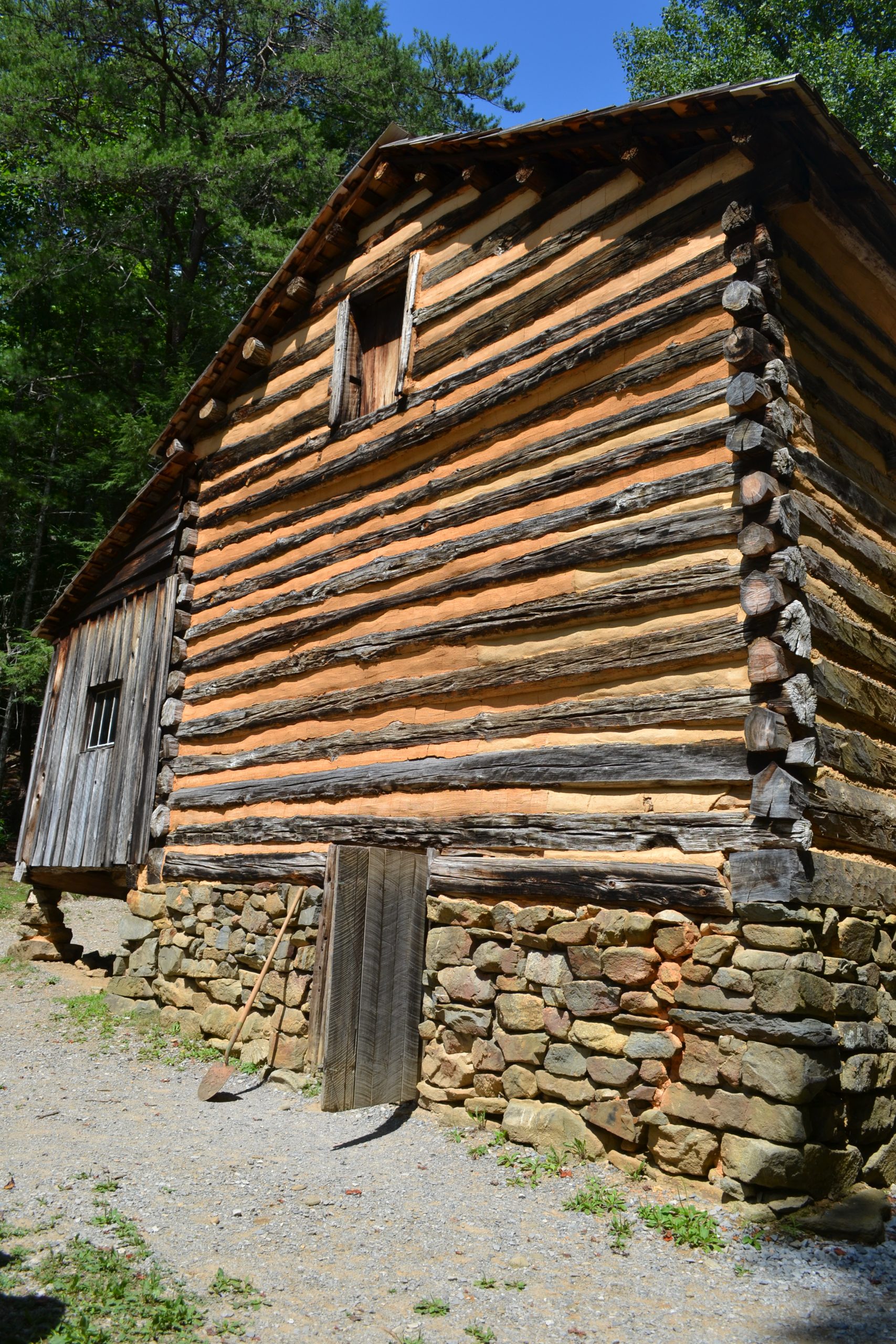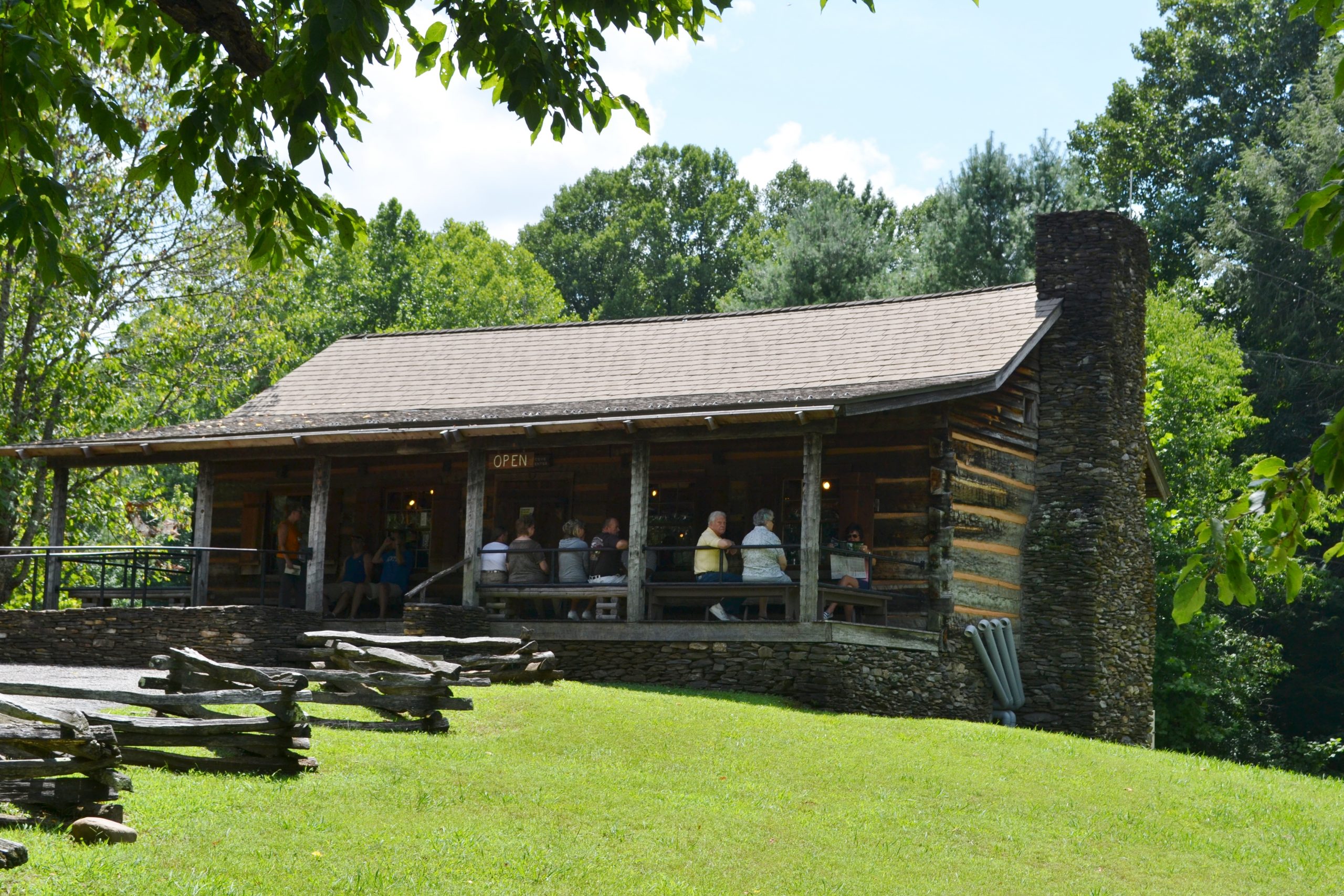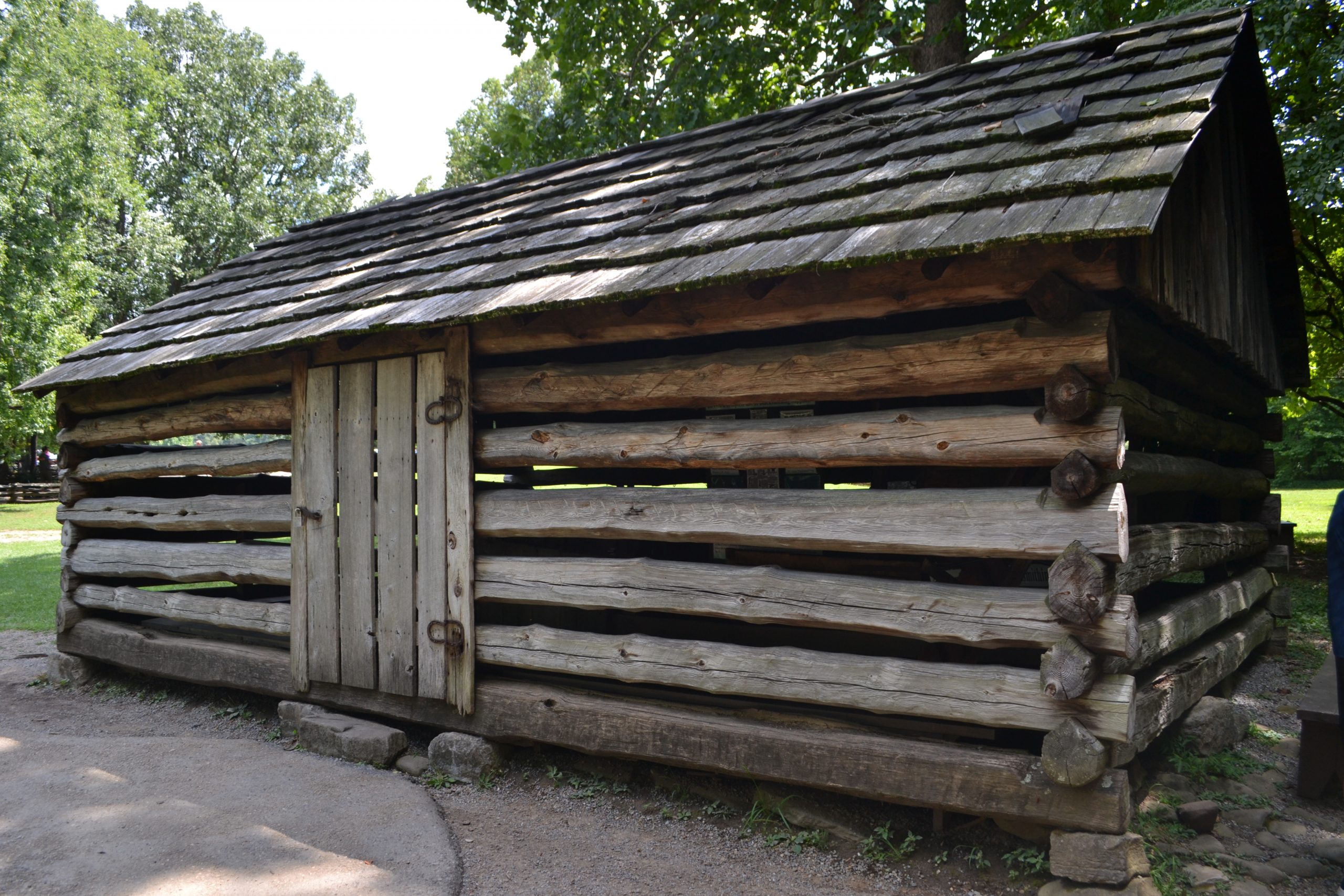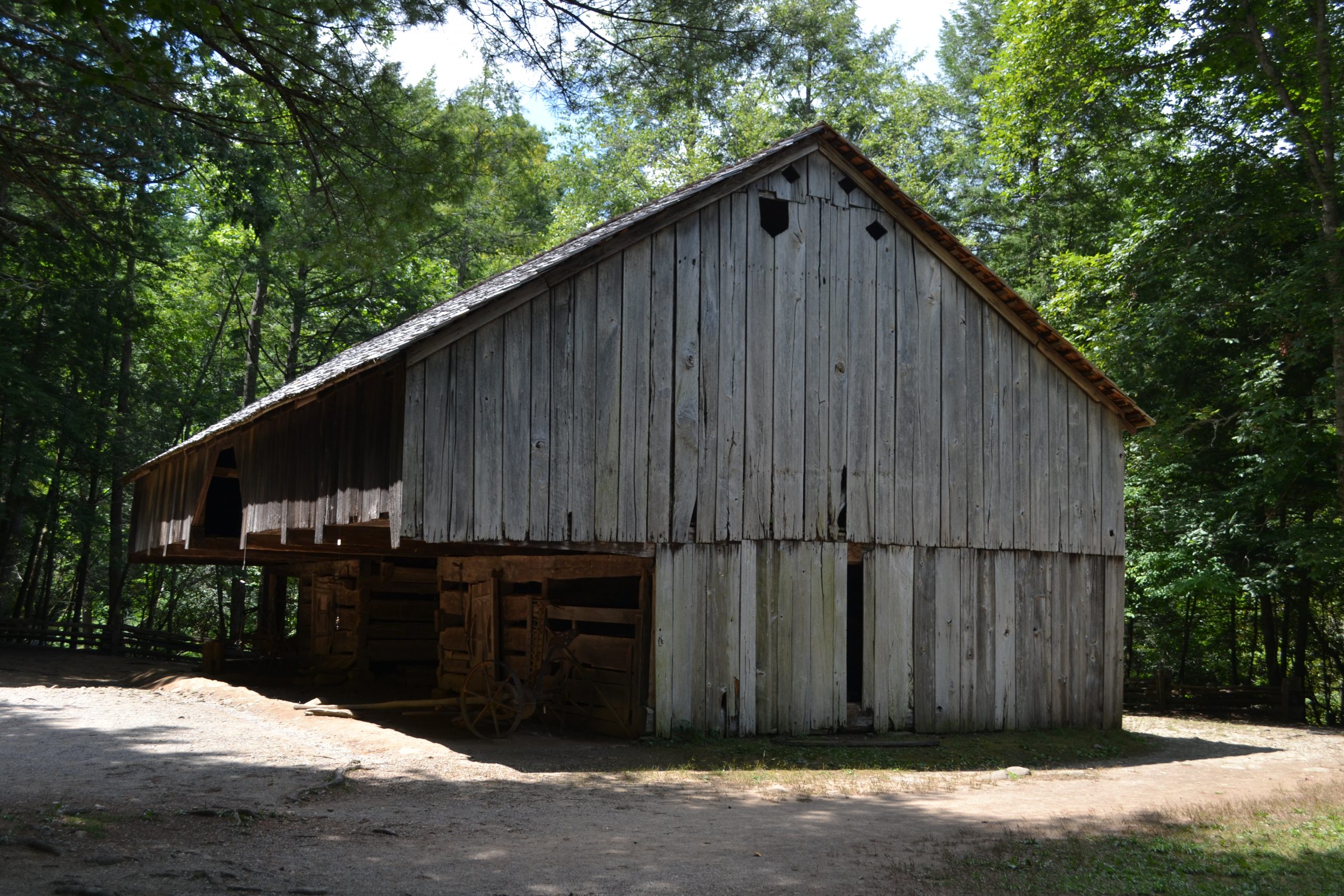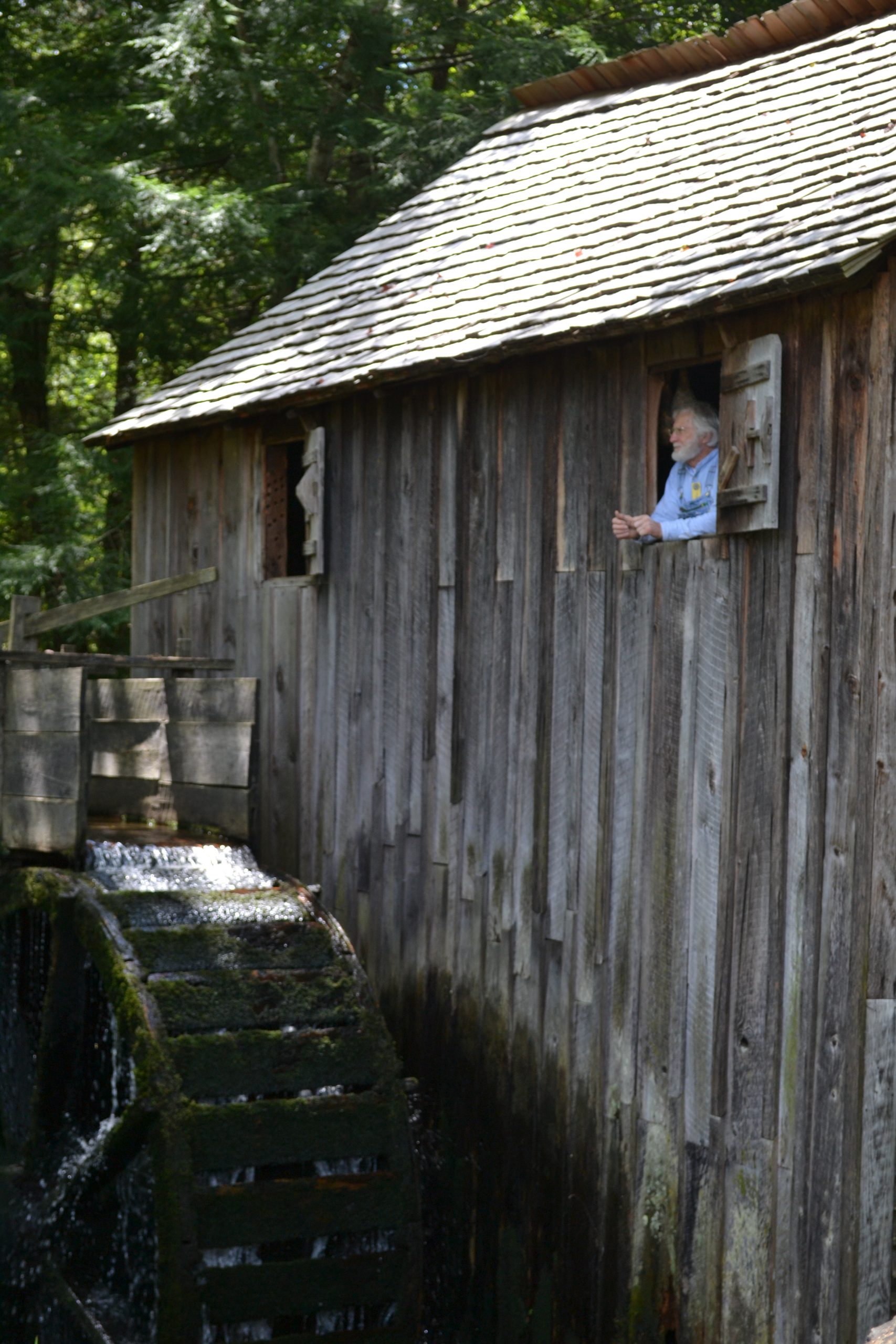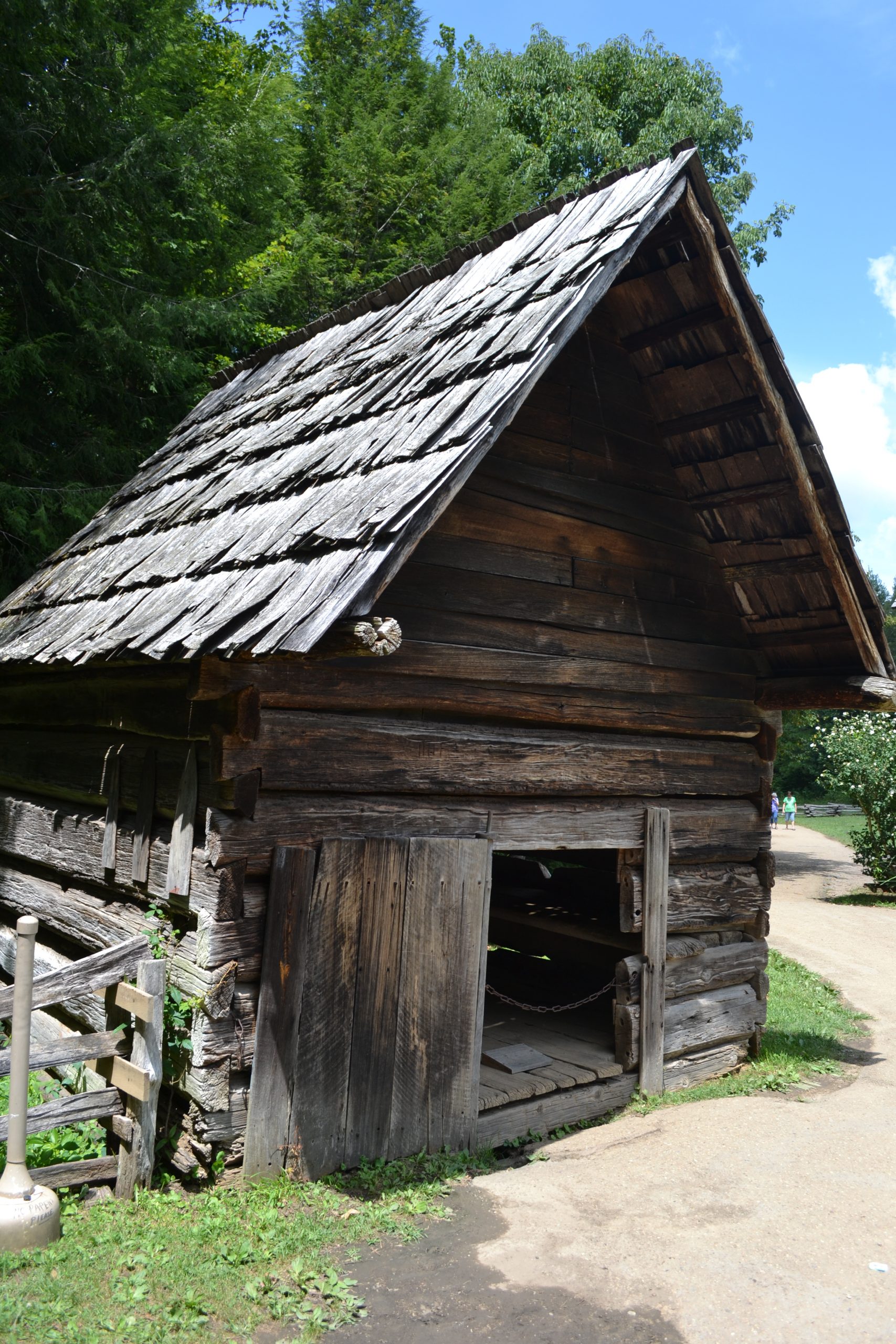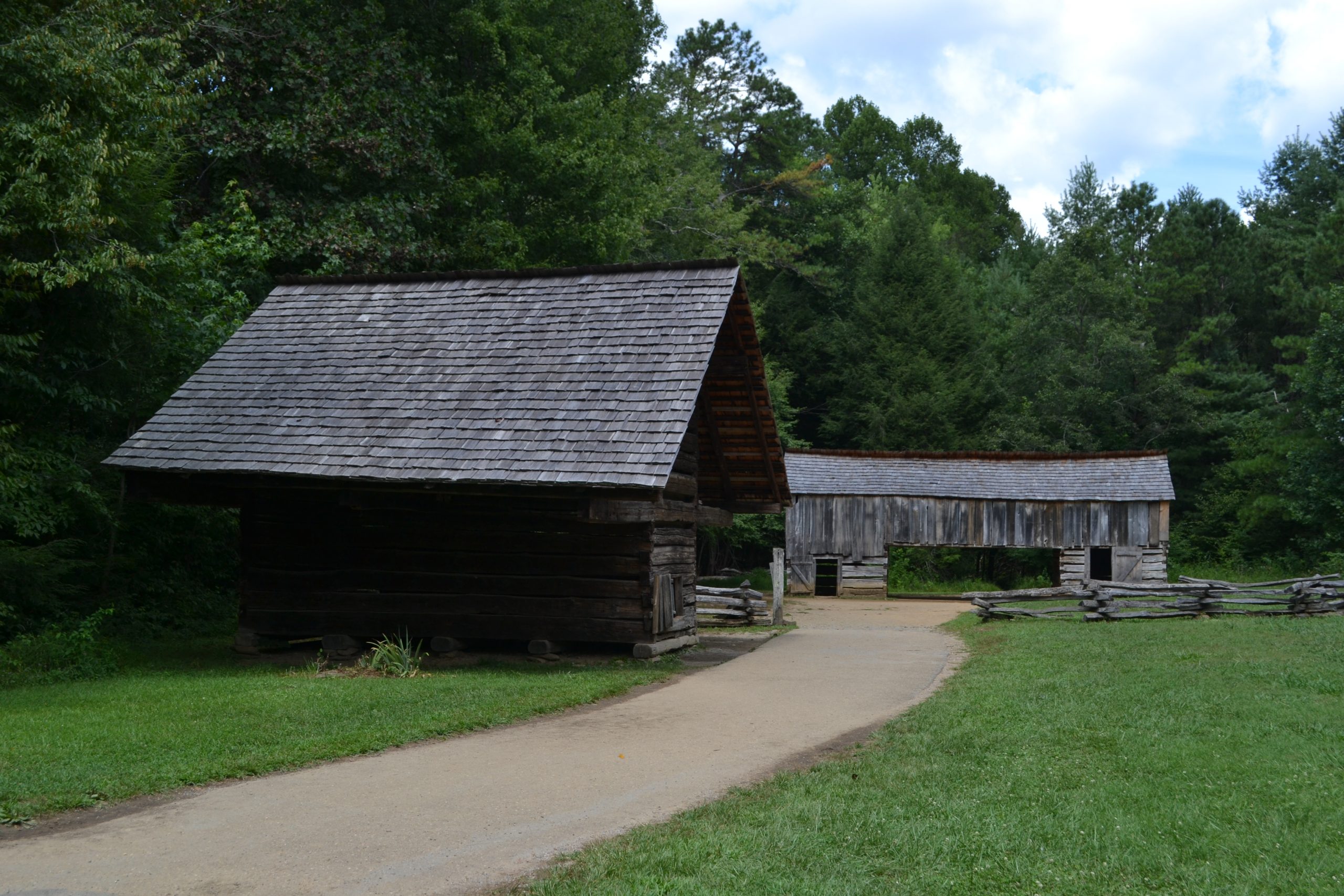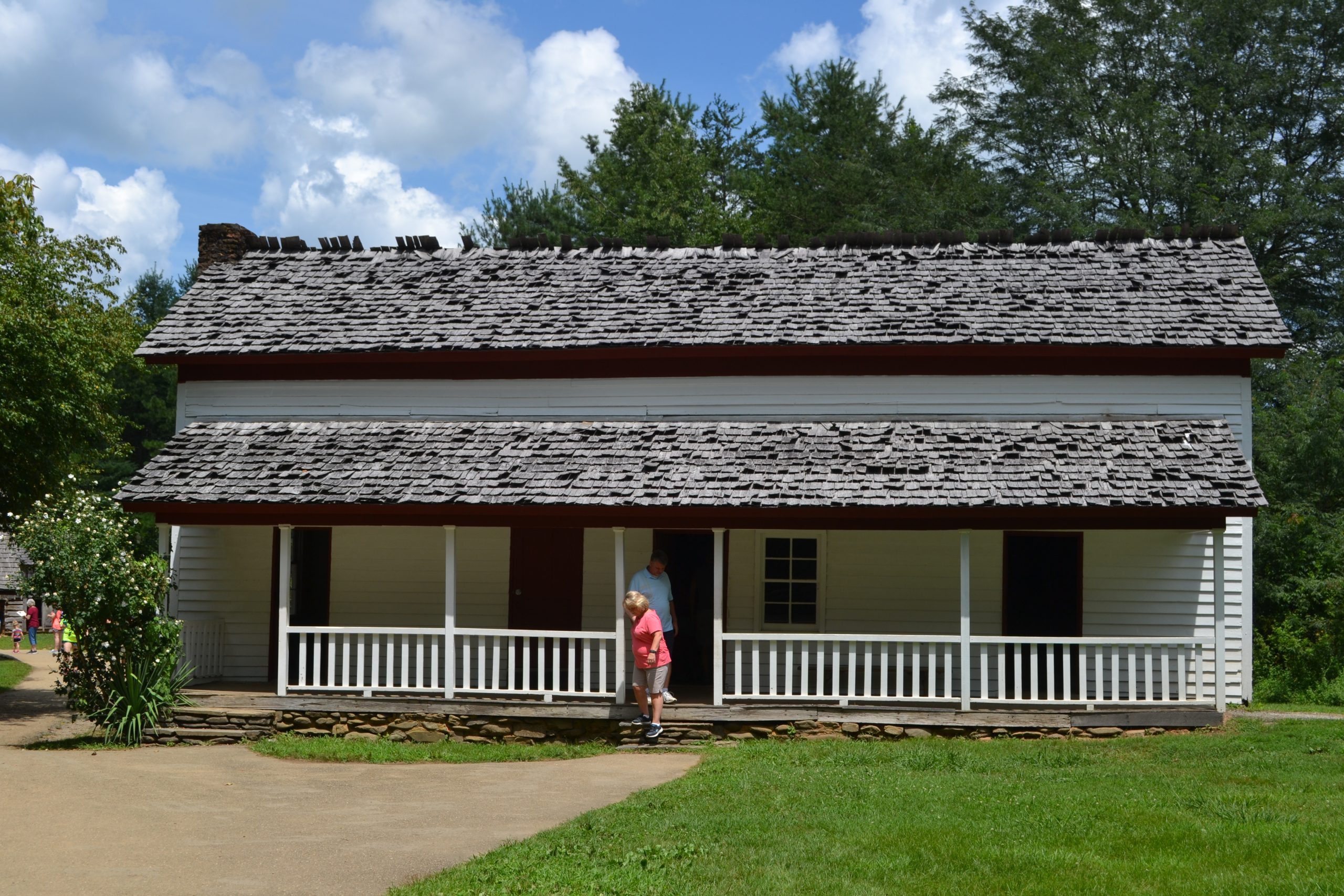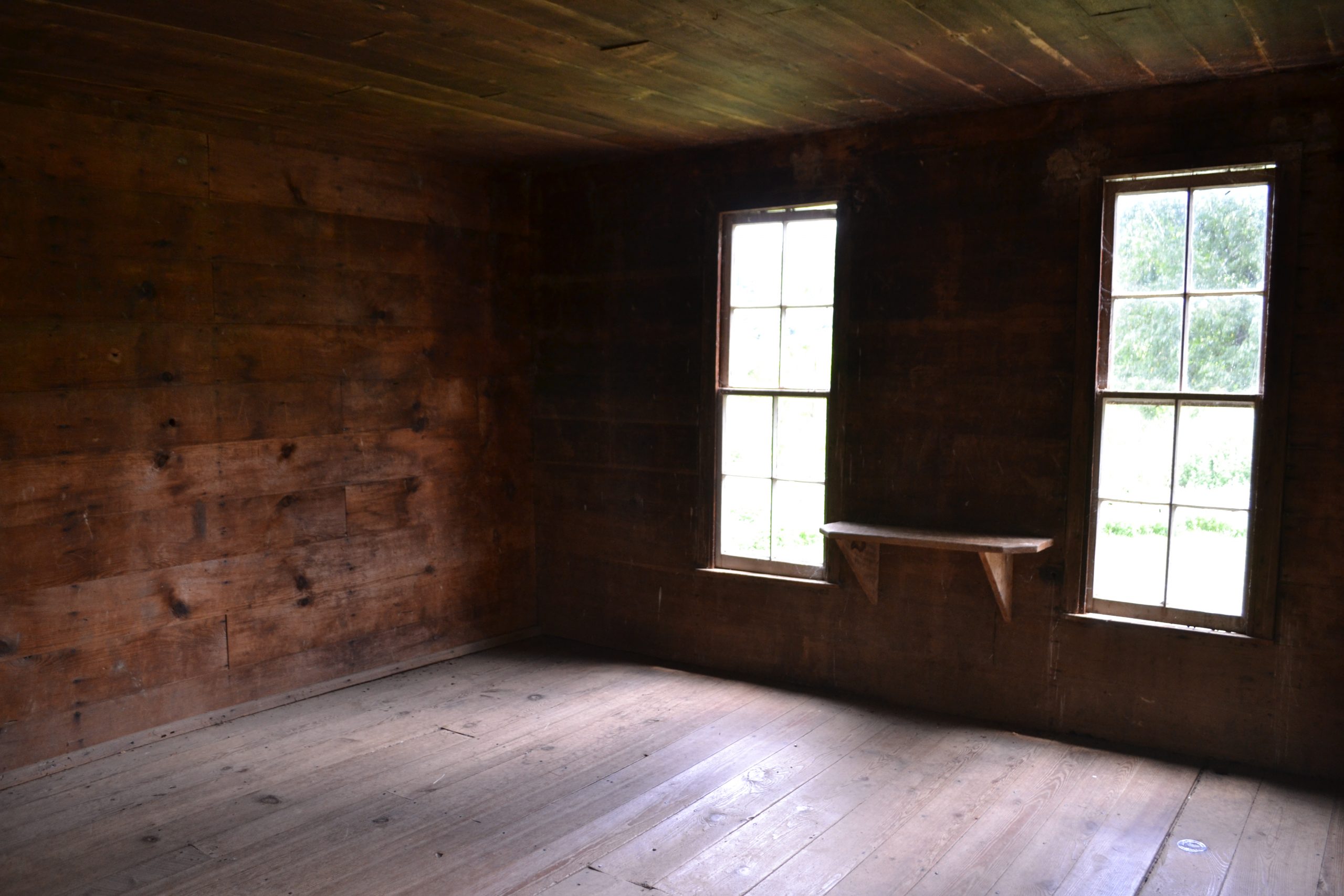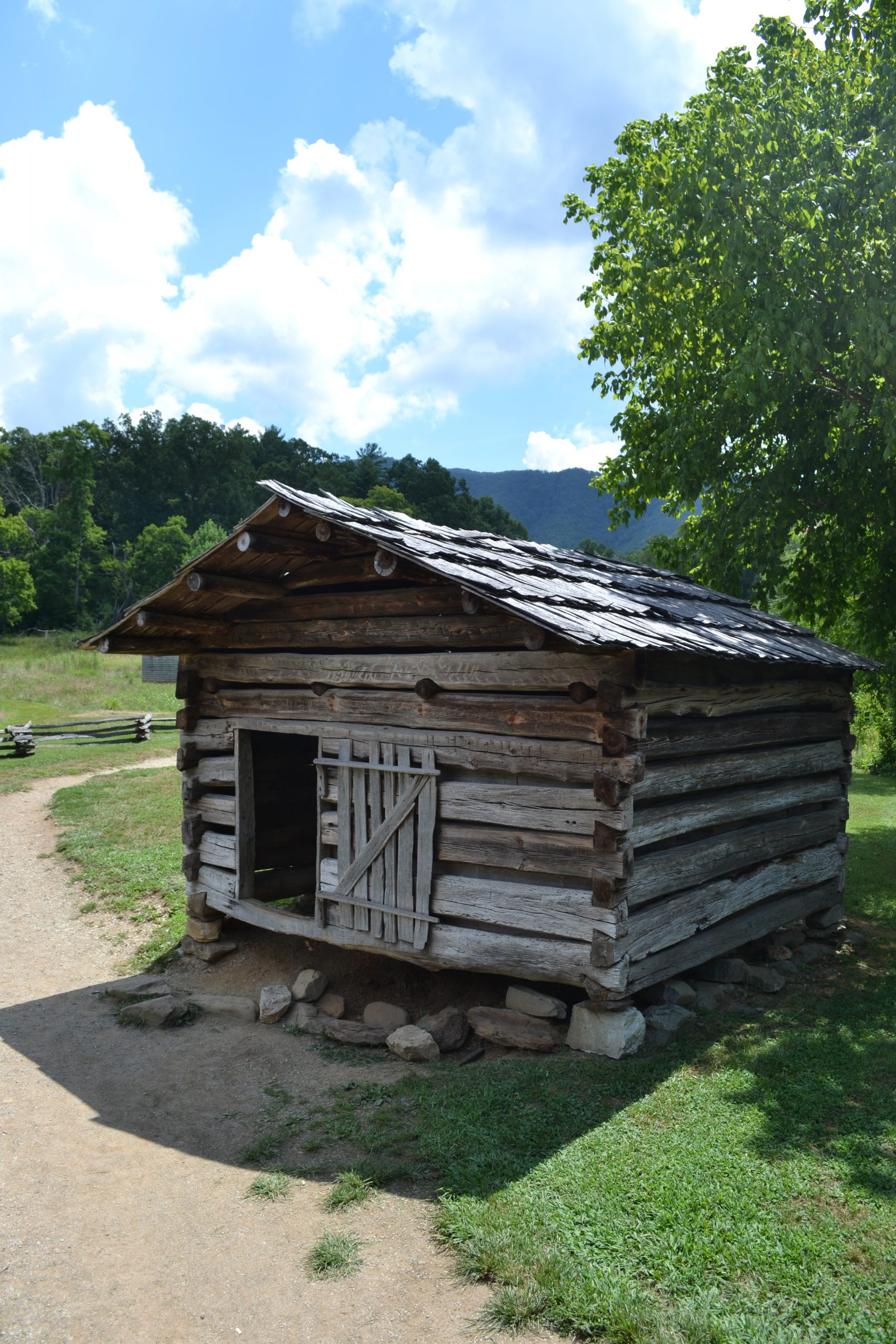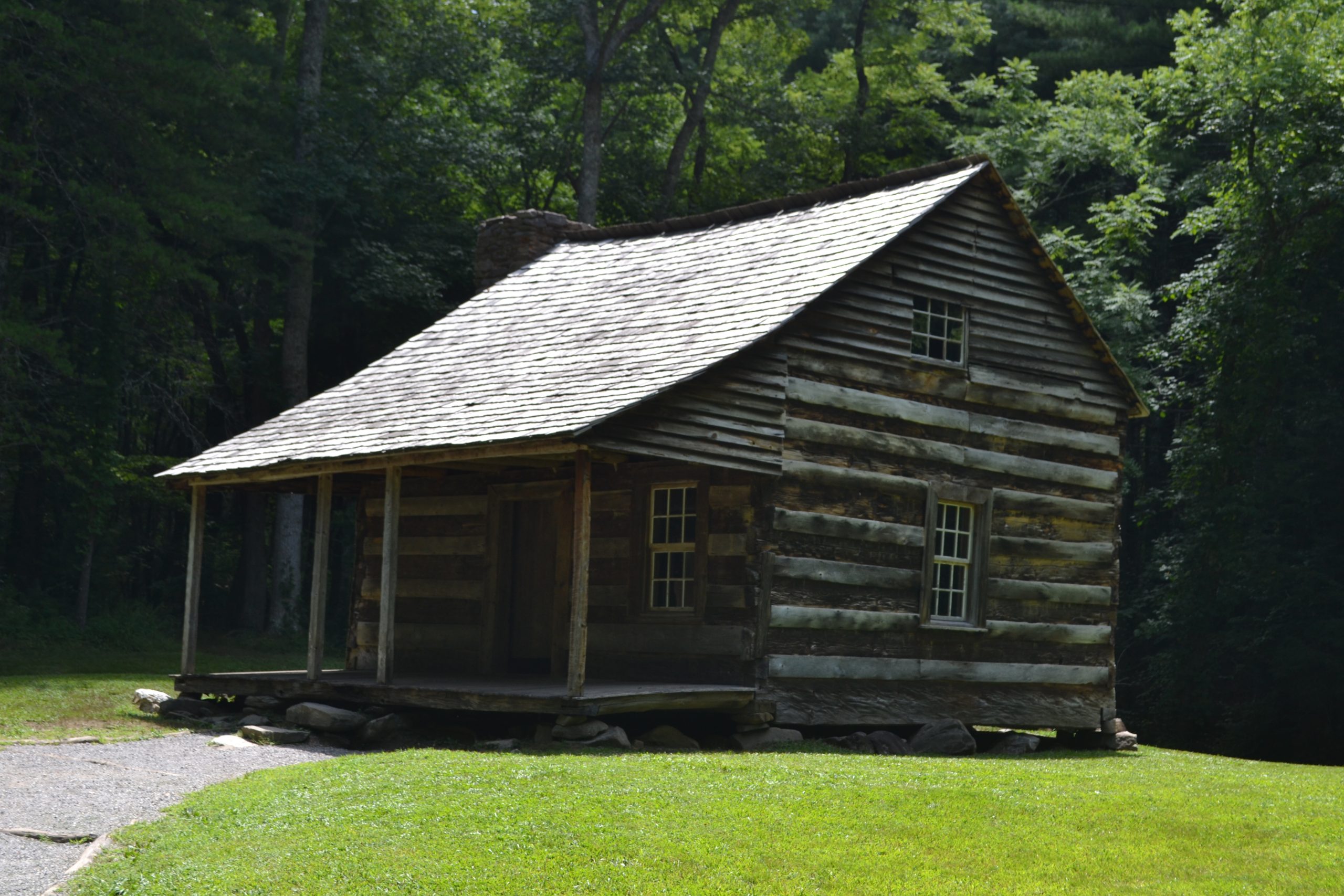What a spectacular morning visiting the historical buildings of Sauder Village. On the Village Green, I explored the 1920’s Grime Homestead, admired the adorable farm animals, rode the free express train and explored the Natives and Newcomers exhibit. The remaining sites to explore are the Pioneer Settlement, the Little Pioneers Homestead, the Historic Community and the places in between.
I hope you have had the opportunity to read Parts 1 and 2 of my Sauder Village blog to put this amazing complex in perspective and to understand Sauder Village’s extraordinary beginnings.
Celebrating forty years as Ohio’s Largest Living History Destination, Sauder Village is an amazing replica of a small town dating back from 1803 to the 1920s. From the Natives and Newcomers Exhibit to the Pioneer Settlement there are close to forty buildings that will transport you to another place and time. I hope you enjoy the second part of my fun adventure at this attraction that ranks high on my list of places to see in Ohio.
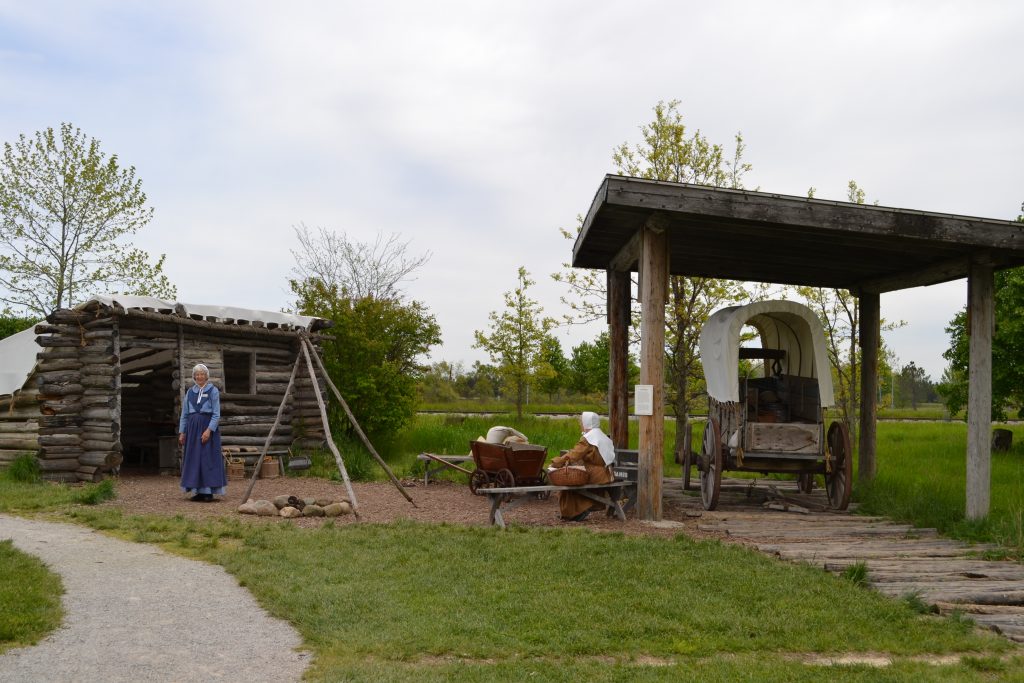
When the Lauder family settled in northwestern Ohio, the area was considered a Black Swamp. Due to the conditions of the land, logs were laid side by side to accommodate carts and wagons, despite the bumpy ride.
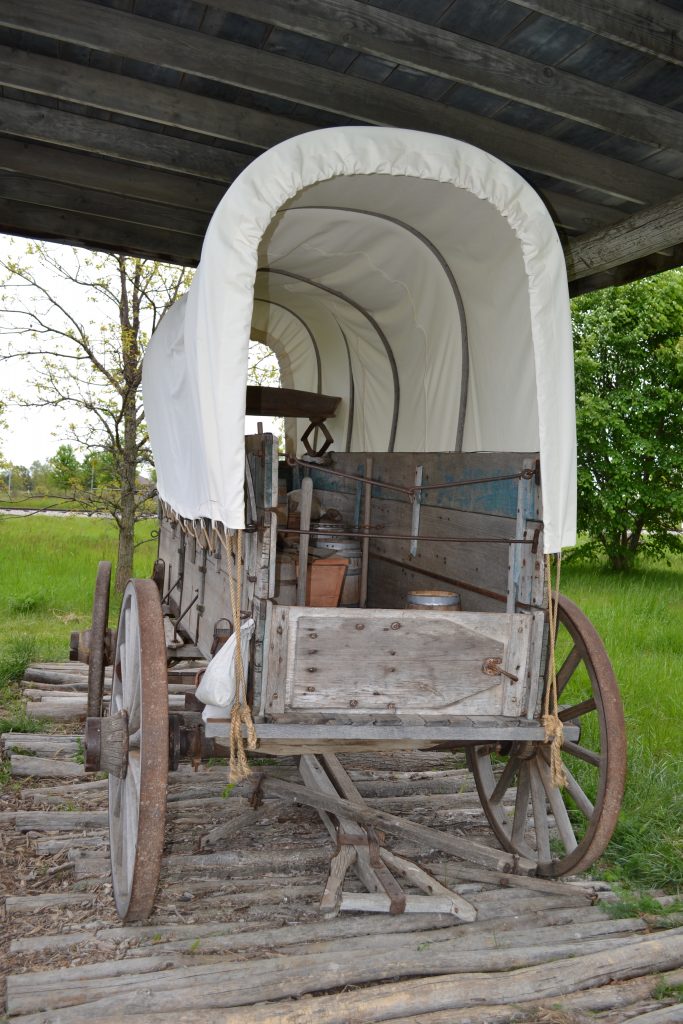
It was also dangerous for the horses as their legs could be trapped between the logs. Regardless of the difficulties in crossing through the swamp, it seemed to have made transportation a little easier.
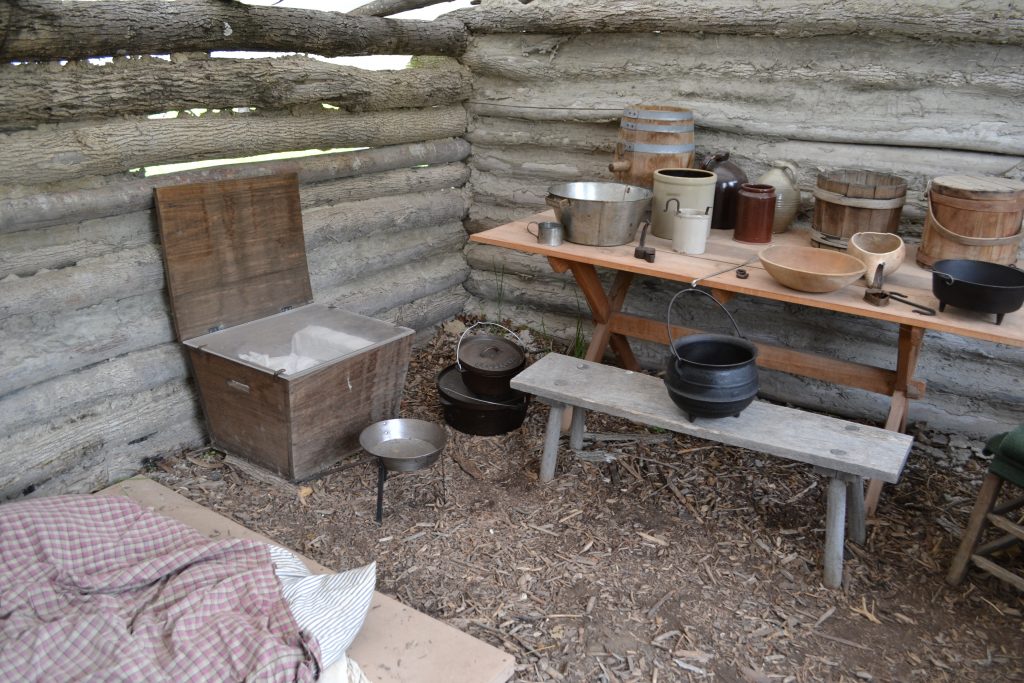
Inside of the early settlement of the Lauber family, they lived in temporary lean to structures until their homes are completed.
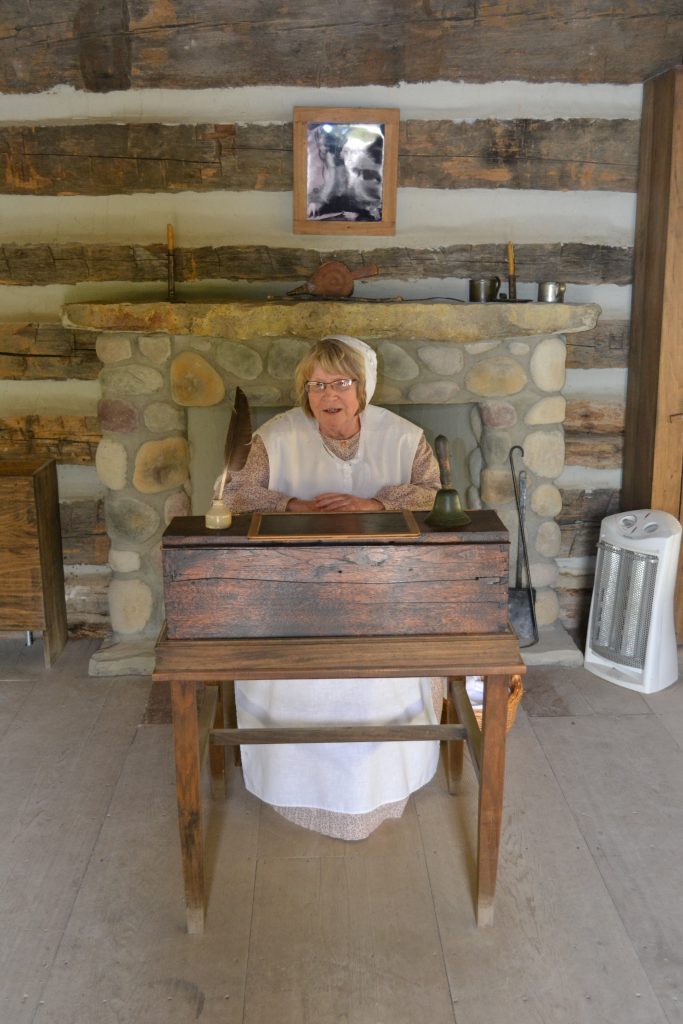
The log school is a recreation of a one-room schoolhouse that would have existed in the 1840s. Because the lighting inside was limited, the desks would face the walls where greased paper took the place of windows. The fireplace would keep the teacher and children warm, but overall, the schoolhouse was quite primitive.
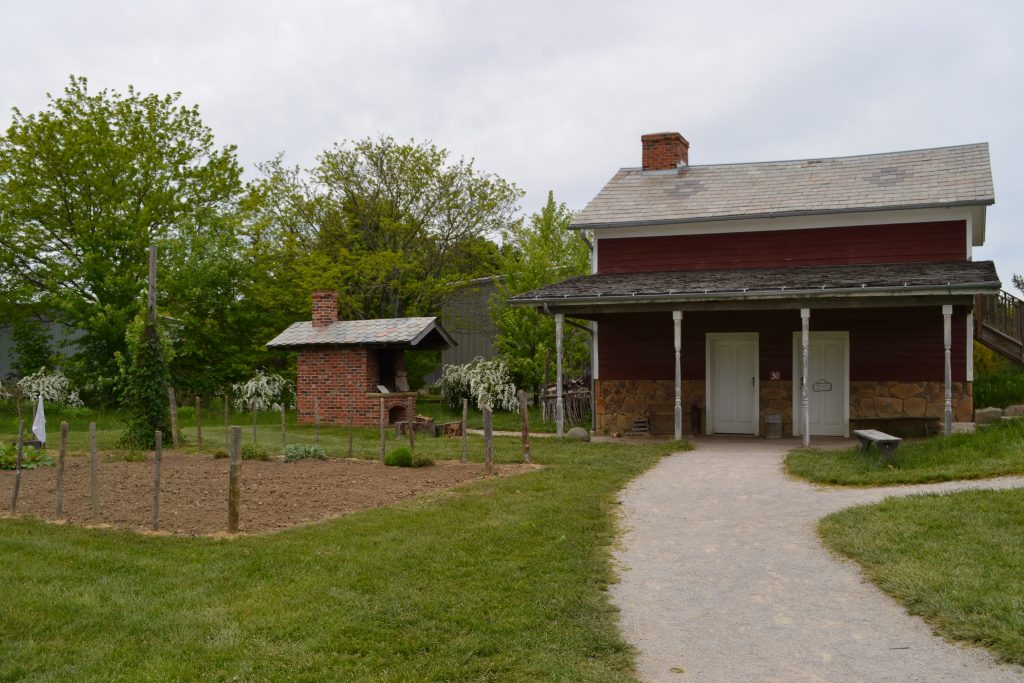
During my visit to the Witmer-Roth home, it was already closed for the day. When open, there is a costumed guide that prepares a meal on either the stone hearth indoors or the outdoor bake oven. This is the original home of Anna Sauder Witmer-Roth, where she gave birth to ten of her 15 children. It is here where visitors can learn more about the woman’s role during the days of the early settlers.

Inside of the Etcher Cabin, a guide is making homemade noodles. She explains to me that this home was once owned by Jacob and Barbara Etcher who arrived in this area sometime in the 1850s.

The community jail on the premises was built in the late 1860s to house criminals in Edgerton, Ohio. Interestingly, there are only two cells as this was a temporary facility until the criminal stood trial.

The Peter Stuckey Farm includes the home, garden, summer kitchen, barn and wagon shop. Built in the 1870s, it was home to both him and his wife Catherine (Yoder). As a result of the drainage of the swamp, their farm became prosperous. Peter was also a successful wagon maker as well.

Building number 34 is the depot where the train stops to pick up passengers and drop them off to explore the Pioneer Settlement.
The next building is the Holdeman Church which was originally a Menonite Church from the local town of Pettisville and was once known as the Church of God in Christ Mennonite. It is here where the horse and buggy ride originates and requires a small additional fee.
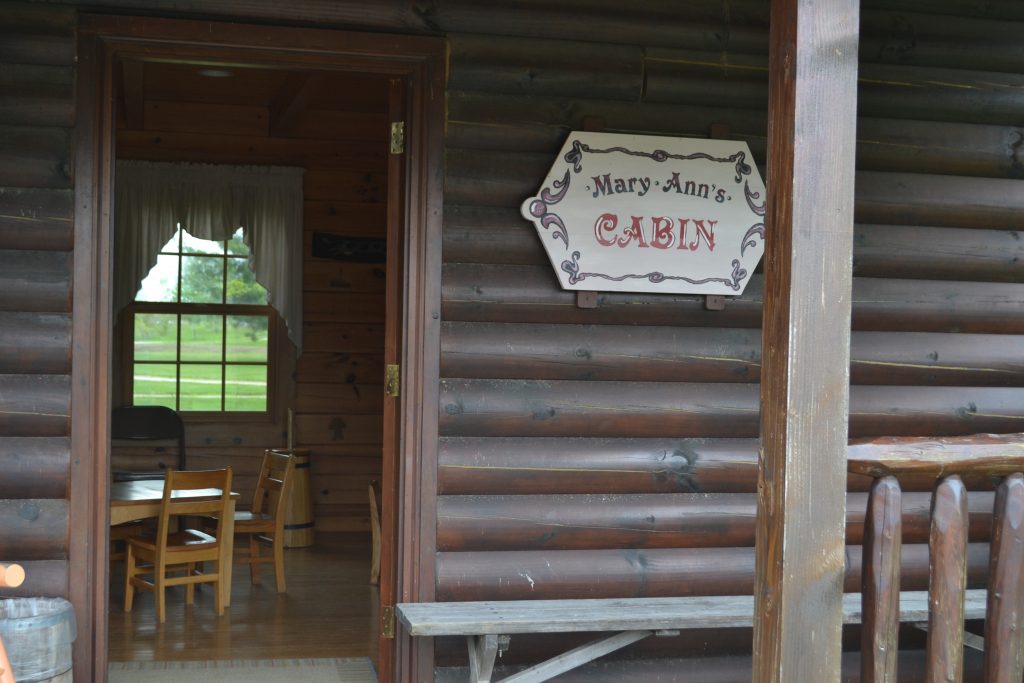
The Little Pioneers Homestead is specifically geared towards young children and their families. There is a small cabin, Mary-Anne’s cabin and Miller barn where they can milk the cow.
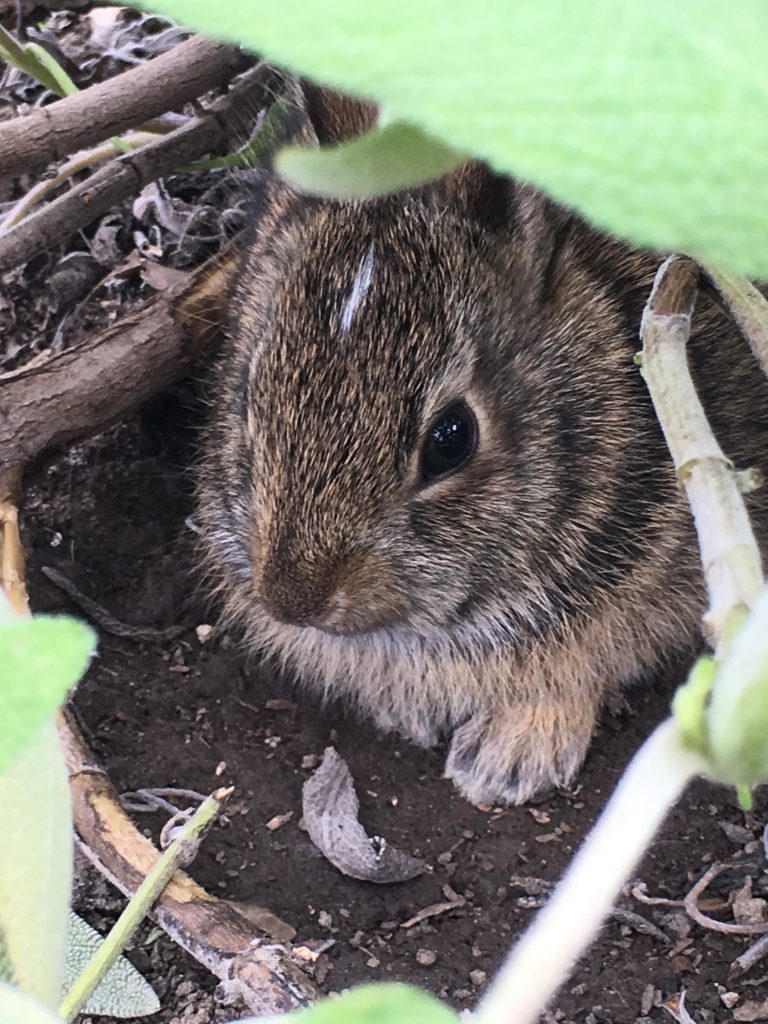
One of my favorite parts of the day was finding a baby bunny in the Discovery Garden!
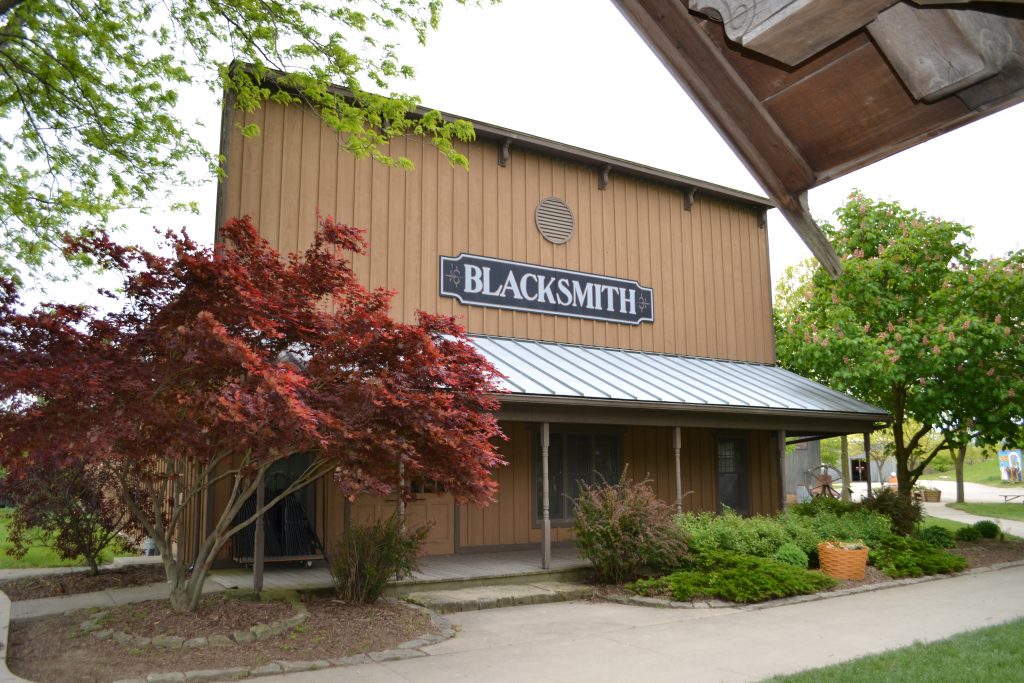
The Blacksmith Shop was temporarily closed.
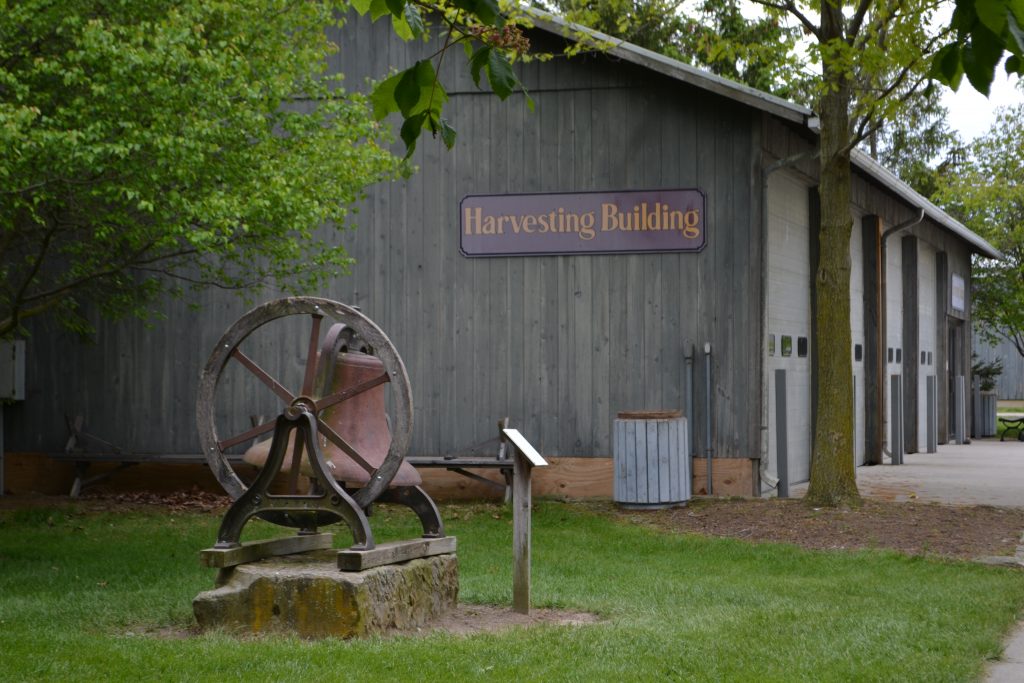
The Harvesting Building is another special event space and location for group lunches and picnic space.
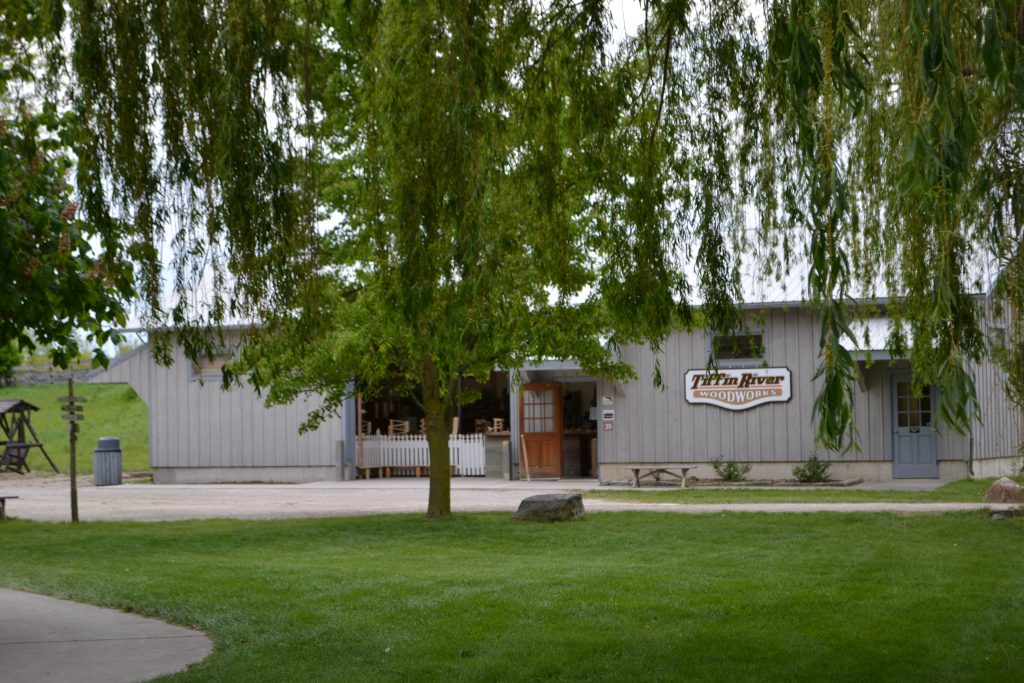
The Tiffin River Woodworks is a workshop where wooden products, including toys, are made and Cider Mill is only used in the month of September during Sauder Village’s Apple Week.
It has taken me the full day to explore Sauder Village and I have had such an awesome day exploring this gem of northwest Ohio!
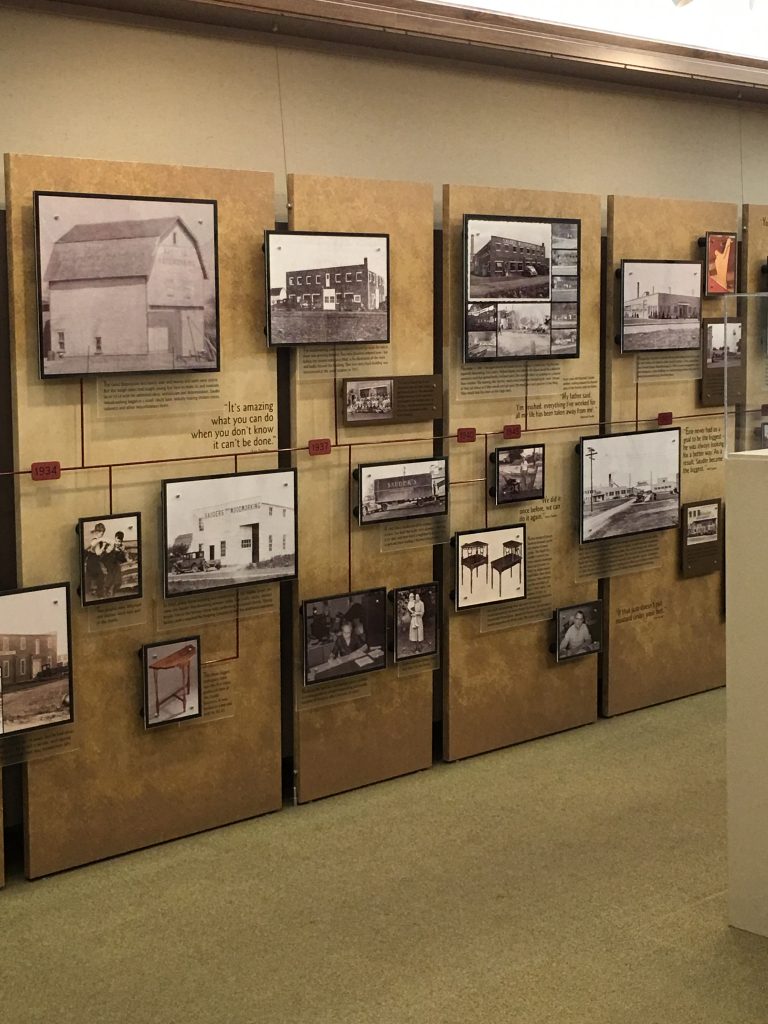
I have reentered the welcome center where I find the Greenburg Gallery exhibit that provides more detail about Erie Sauder, Sauder Village and the making of this spectacular attraction.
In addition to the village, there is a campground, the Barn Restaurant, Doughbox Bakery and Sauder Store and Outlet within walking distance. With so much to experience, one could really spend a long weekend here.
Have you had the opportunity to visit Sauder Village? What was your favorite sight or activity while you were here? I would love to hear about your experience if you would kindly leave a message in the comments section below! Many Thanks and Happy Travels!
What to See and What to Do:
Sauder Village Living History and Farm
221611 OH-2
Archbold, OH 43502
Telephone: 419 446 2541
- Admission Fee: Adults: $24; Students, Ages 4 – 16: $18; Children, Ages 3 and under: Free; Seniors 60 and over: $22. person is permitted. 2-day Admission: Adults, $38; Students, Ages 4 – 16: $26; Valid for 2 consecutive days, non-transferable. AAA Discount: $2
- Hours: Spring (May 3 – 27): Open Wednesday to Saturday from 10AM to 3:30PM; Saturday 10AM to 4PM; Summer (May 31 – September 2): Open Wednesday to Saturday from 10AM to 5PM and Closed Sunday, Monday and Tuesday. Fall Hours (September 6 – October 8); Open Wednesday to Friday from 10AM to 3:30PM and Closed Sunday, Monday and Tuesday.
- Length of the Tour: From 2 hours to 2 days.
- Tips for Your Visit: Wear comfortable shoes as you walk through time visiting historical buildings. Download the map ahead of time and plan your day. There are several classes and demonstrations that you won’t want to miss. While there are several small shops to visit, make plans to eat at the Barn Restaurant for down-home cooking.
Where to Stay:
Sauder Heritage Inn
22611 State Route 2
PO Box 235
Archbold, OH 43502
Telephone: 800 590 9755
If you are traveling by RV, make reservations at the Sauder Village Campground.
Where to Eat:
The Barn Restaurant
22611 State Route 2
PO Box 235
Archbold, OH 43502
Telephone: 800 590 9755
Select the buffet or order from the menu loaded with down-home recipes.
What to Eat:
- Meatloaf with Mashed Potatoes
- Soups and Salads
- Fried Chicken
- Roast Beef Dinners
What to Read:
- Heritage of the Black Swamp, by Cynthia Covert Harger
Photo Guide to Sauder Village
- Visit Sauder Village in the spring for newborn baby animals
